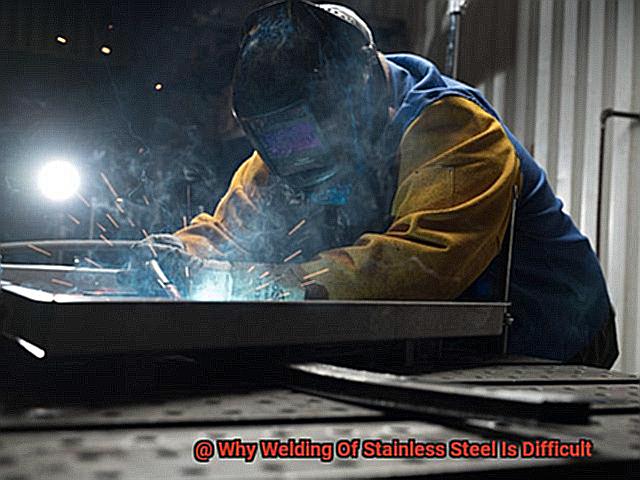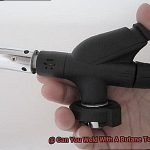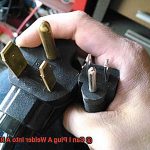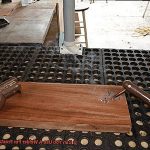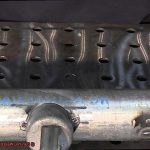Stainless steel, the shiny and durable material used in a variety of industries, is no stranger to welders. However, welding stainless steel is not as simple as it seems. The reason? Stainless steel has unique properties that make it a difficult material to weld. In this blog post, we’ll explore why welding stainless steel poses challenges and what welders must overcome to create strong and visually appealing welds.
Firstly, stainless steel’s high thermal conductivity can cause warping and distortion during welding due to its ability to quickly dissipate heat. Secondly, its poor electrical conductivity makes it challenging to maintain a stable welding arc, resulting in sub-optimal weld quality.
Stainless steel also has a higher coefficient of expansion than other metals, leading to stress corrosion cracking and intergranular corrosion. These factors make welding stainless steel a complex process that requires an experienced and skilled welder.
In summary, welding stainless steel demands expertise because of its unique properties that pose challenges such as distortion, poor conductivity, and corrosion. Therefore, working with experts who have experience in welding stainless steel is crucial for achieving optimal results.
Low Thermal Conductivity of Stainless Steel
Contents
Stainless steel is a remarkable metal that boasts incredible strength, durability, and resistance to corrosion. It’s no surprise then that it’s widely used across multiple industries. However, welding stainless steel is another story altogether. It presents a unique set of challenges for welders, with one of the biggest obstacles being its low thermal conductivity.
Thermal conductivity refers to a material’s ability to conduct heat. Stainless steel has a lower thermal conductivity compared to other metals such as copper and aluminum. Consequently, it takes more time and energy to heat up stainless steel. This makes maintaining a uniform temperature during welding difficult, resulting in localized overheating and warping.
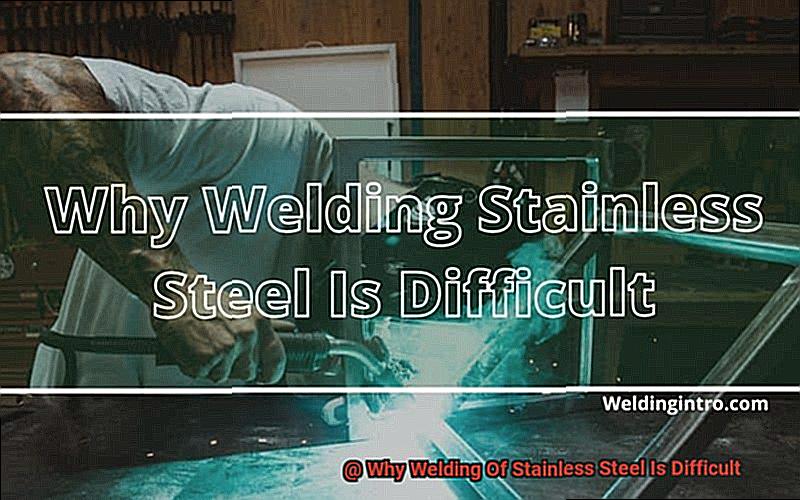
To overcome this challenge, skilled welders use specialized techniques such as preheating and post-weld heat treatment. Preheating involves heating up the metal before welding to reduce thermal shock and prevent distortion. Post-weld heat treatment involves heating up the metal after welding to release residual stresses and improve the properties of the weld.
In addition to its low thermal conductivity, stainless steel has a unique metallurgical structure that makes it harder to weld than other metals. The high chromium content in stainless steel forms a thin layer of chromium oxide on its surface, which prevents corrosion but also hinders the fusion of metal during welding.
Moreover, the presence of impurities like sulfur and phosphorus in stainless steel can cause porosity in the welds if not removed properly. These impurities can also lead to cracking and brittleness in the welded areas.
High Coefficient of Thermal Expansion
Essentially, it refers to the fact that stainless steel expands and contracts significantly with temperature changes. This can be particularly problematic when welding thick pieces, as it can cause distortion in welded joints. Additionally, during cooling, the metal can become brittle – leading to an increased risk of cracking.
But fear not. There are ways to overcome these obstacles when welding stainless steel. Firstly, selecting the right welding technique and equipment is key. TIG welding is often preferred in this context because it allows for precise control over heat input and produces clean welds with minimal distortion.
Another critical consideration is preheating the metal before welding. This helps to evenly distribute heat throughout the material, reducing the risk of cracking. Additionally, using low heat input during welding can help avoid distortion and cracking.
Finally, choosing the appropriate filler material is essential. Selecting a filler material that matches the base metal’s composition and has a low carbon content can prevent embrittlement and reduce the risk of cracking.
Unique Metallurgical Structure
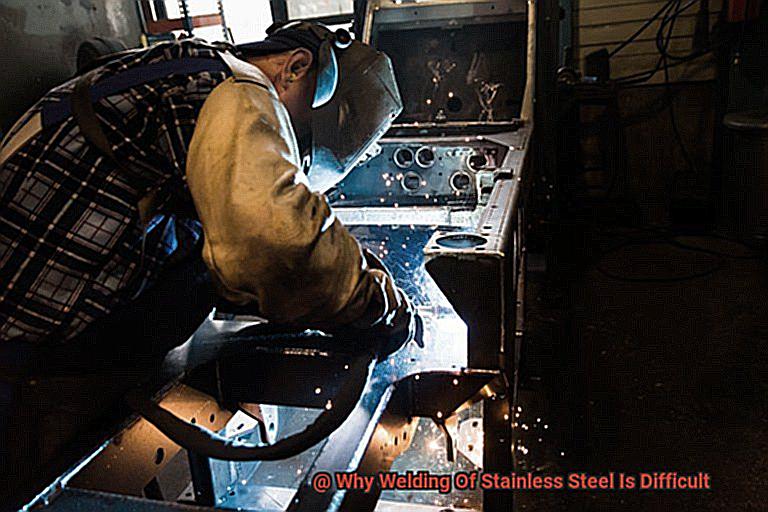
Get ready to discover the secrets of its unique metallurgical structure.
Stainless steel is a one-of-a-kind alloy containing at least 10.5% chromium, which grants it remarkable properties such as corrosion resistance and durability. Unfortunately, this also makes it more difficult to weld than other types of metal.
The root cause of this difficulty lies in the unique makeup of stainless steel’s metallurgical structure. With a lower thermal conductivity than most other metals, stainless steel retains heat much more effectively. This can lead to heat buildup during the welding process, resulting in warping, distortion, or even cracking in the metal.
Adding to the challenge is stainless steel’s high coefficient of thermal expansion. As it heats up, this metal expands and contracts at a greater rate compared to other metals. To avoid deformation or cracking during the welding process, it’s essential to use proper welding techniques and equipment.
Moreover, the presence of chromium affects stainless steel’s weldability. When heated, chromium reacts with oxygen in the air to form a passive layer on the surface of the metal. This layer is responsible for stainless steel’s corrosion resistance. However, during welding, this layer can be destroyed or damaged, leading to reduced corrosion resistance in the welded area.
Impurities in Stainless Steel
As you may already know, stainless steel is a wonder material that possesses remarkable properties such as high corrosion resistance and exceptional durability. However, did you know that impurities in stainless steel can drastically affect the quality of the welded joint?
During the manufacturing process, impurities such as sulfur, phosphorus, and carbon can find their way into the stainless steel alloy. These impurities can lead to porosity in the weld, which weakens the joint and makes it more prone to corrosion. The likelihood of porosity also increases with higher levels of sulfur and phosphorus in the material.
But that’s not all; high levels of carbon in stainless steel can also result in carbide precipitation during welding. This occurs when chromium combines with carbon to form chromium carbides, which can cause cracking in the weld and compromise its integrity.
To overcome these challenges, it is essential to use high-quality stainless steel with low levels of impurities. Welders must also employ proper welding techniques and equipment to prevent impurities from contaminating the weld. Paying close attention to pre- and post-weld heat treatments can further reduce the risk of impurities causing problems in the finished product.
In conclusion, understanding the impact of impurities on stainless steel welding is crucial for producing high-quality welds. By using top-notch materials and following proper welding protocols, welders can avoid porosity and cracking issues during welding.
Proper Preparation and Techniques for Welding Stainless Steel
Welding stainless steel can be a daunting task, but with the right preparation and techniques, it can be a breeze. Stainless steel’s unique properties make it difficult to weld, but by following some simple steps, you can achieve a successful weld.
Firstly, it’s essential to ensure that the metal is clean and free from impurities. This can be done by thoroughly cleaning and grinding the surface of the metal. Preheating the metal before welding is also crucial as it reduces the risk of warping and distortion during the welding process.
When it comes to welding techniques, back-stepping is an excellent method for controlling heat and avoiding distortion. By welding in small sections and moving backward, heat can be evenly distributed, preventing overheating. Additionally, selecting the right filler material that matches the composition of the base metal is critical to producing a strong and durable weld.
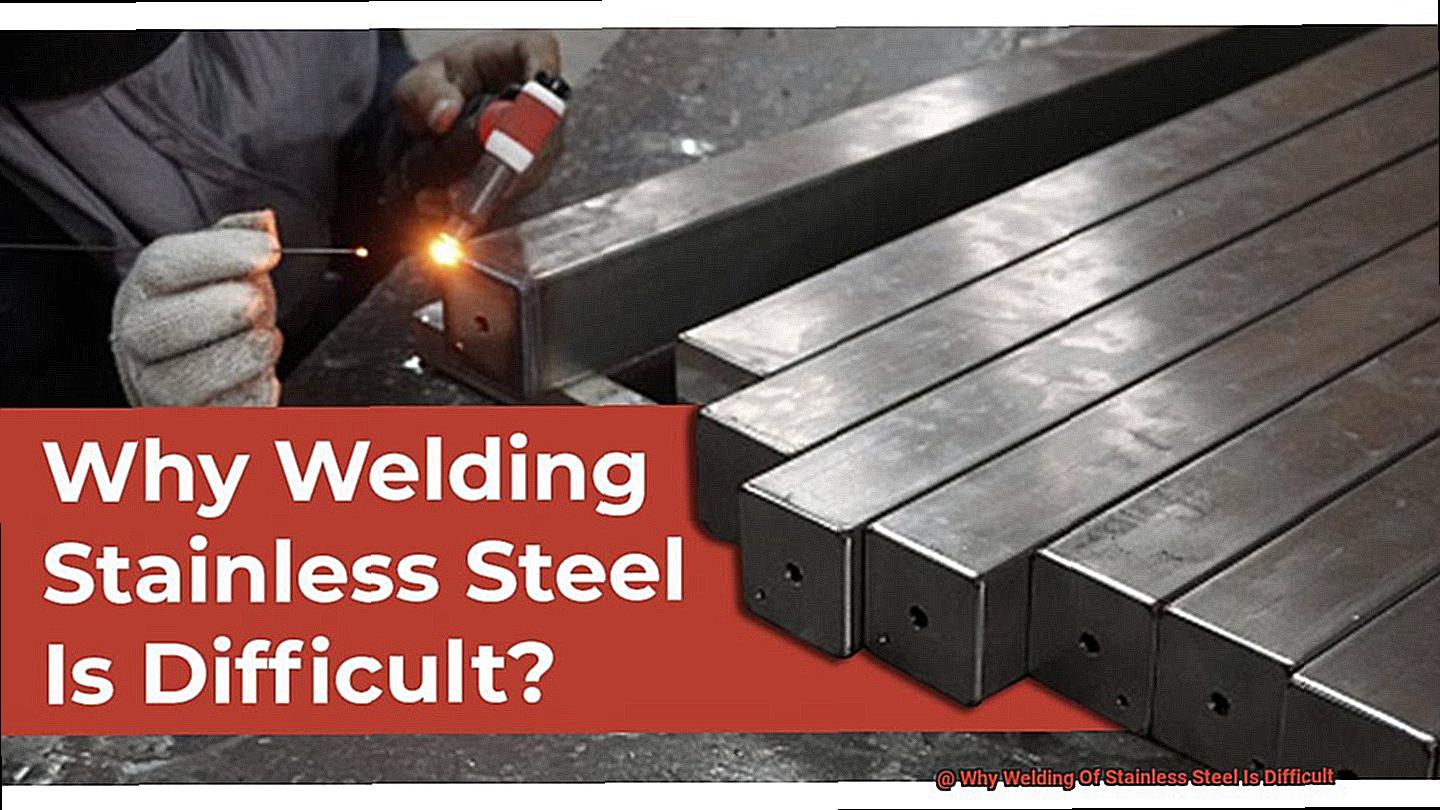
One of the biggest challenges when welding stainless steel is preventing oxidation and contamination during the welding process. This can be achieved by using clean equipment and materials and welding in an environment with minimal exposure to air.
Equipment Selection for Welding Stainless Steel
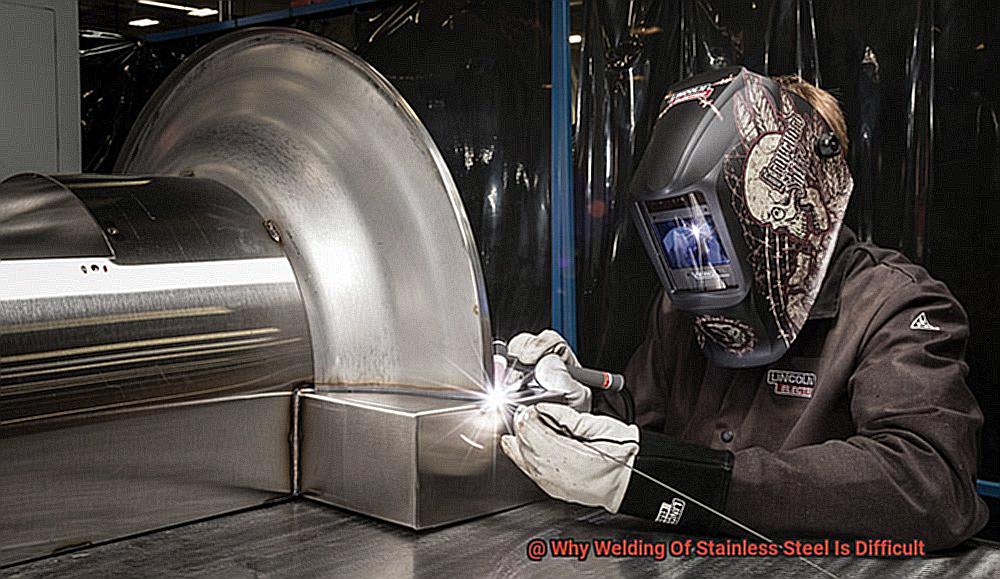
Welding stainless steel can be a tricky and challenging task, but fear not, with the right equipment at your disposal, you can conquer this beast with ease. The key to achieving a strong, precise weld lies in selecting the right tools for the job. In this post, we’ll delve into the key considerations for choosing the right equipment when welding stainless steel.
One of the most significant obstacles when welding stainless steel is its high thermal conductivity. The heat quickly dissipates from the weld zone, making it challenging to maintain a consistent temperature. To combat this challenge, specialized equipment comes into play, such as a TIG (tungsten inert gas) welder that uses a non-consumable tungsten electrode to heat the metal, which is then joined by a filler rod. This process enables precise control over the heat input, making it an ideal choice for welding stainless steel.
Aside from TIG welding, other methods like MIG (metal inert gas) welding and stick welding can also be used for welding stainless steel. However, these methods may require additional equipment or modifications to achieve consistent results.
Another crucial consideration when selecting equipment for welding stainless steel is the type of shielding gas used. The most common gas used for TIG welding stainless steel is argon, which provides excellent coverage and prevents oxidation of the metal during the welding process.
H_WZcDjKx40″ >
Conclusion
To sum up, welding stainless steel is an intricate process that demands expertise and careful equipment selection. Its unique properties, like low thermal conductivity, high coefficient of expansion, and metallurgical structure, make it a challenging material to weld. If not addressed correctly, these properties can lead to warping, distortion, stress corrosion cracking, intergranular corrosion and poor weld quality.
To tackle these challenges head-on, skilled welders use specialized techniques such as preheating and post-weld heat treatment to reduce thermal shock and prevent distortion. They also choose appropriate filler materials with a low carbon content that matches the base metal’s composition to avoid embrittlement and decrease the risk of cracking.
Furthermore, selecting the right welding technique and equipment is crucial in achieving optimal results. TIG welding is often preferred because it offers precise control over heat input and produces clean welds with minimal distortion. Additionally, using low heat input during welding can help avoid distortion and cracking.
Lastly, proper preparation such as thoroughly cleaning the metal surface from impurities before welding is essential in producing high-quality welds that are strong, durable and long-lasting.
By considering these factors and selecting the right equipment for welding stainless steel like a TIG welder with argon shielding gas or other suitable options available in the market today; welders can achieve impeccable results on this notoriously difficult material.
